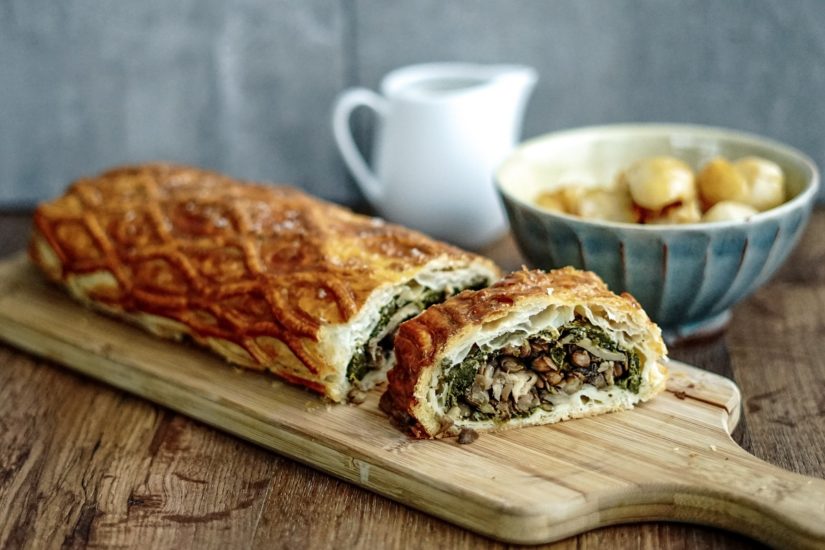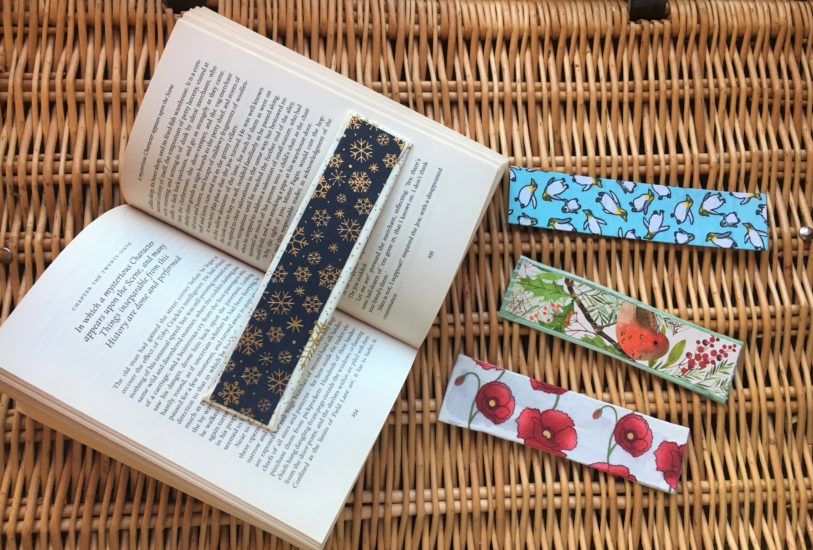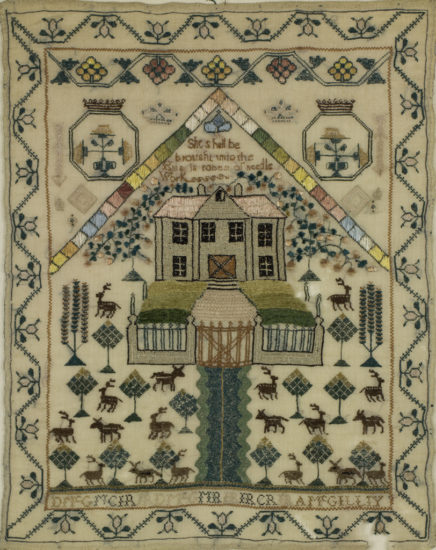
Embroidered Stories: Scottish Samplers is a new, free exhibition at the National Museum of Scotland.
Seventy samplers from all over Scotland are on show, all generously loaned by American collector Leslie B Durst.
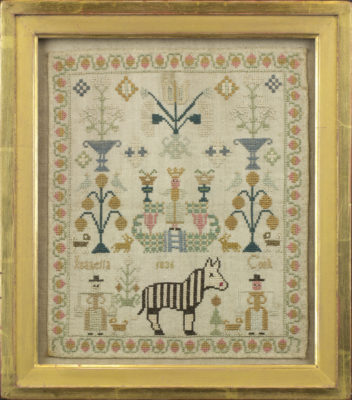
A Girl’s Education
Made by hand by young girls as part of their education, samplers were a demonstration of needlework skills.
Often including the names of the girls who made them, Scottish samplers are unique in that they occasionally show the initials of extended family members, and details of the place where the maker lived. These details have enabled Leslie to identify the girls through church and census records, making her collection both a unique archive of Scottish social history and a valuable glimpse into the lives of ordinary families.
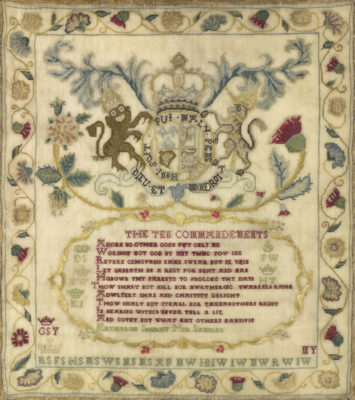
References To Life
By the 18th Century, samplers were intended to demonstrate a girl’s education through the inclusion of alphabets, multiplication tables and religious verses, but they also reveal references to towns, buildings and events, giving a sense of what was important in day-to-day life.
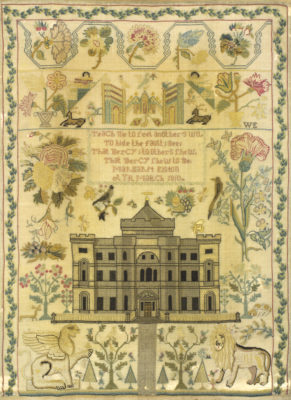
Orphan Hospital
The arms of the Flesher’s company appear in the sampler of Mary Hay, daughter of an Edinburgh butcher (flesher). The now-ruined Dalquharran Castle appears in a sampler by Margaret Eiston; Leslie’s research has revealed that Margaret’s father may have worked for the castle’s designer, Robert Adam. Jane Milton’s was sewn while growing up in the Orphan Hospital of Edinburgh – in institutions, sewing was seen as a useful skill to equip girls with the means of making a living.
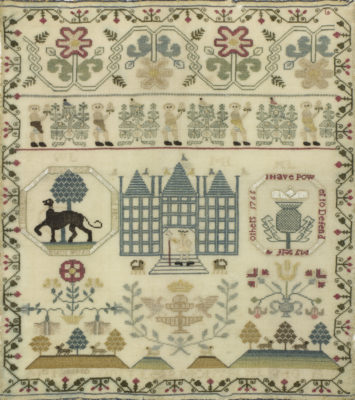
As well as marking the attainment of skills and social graces, samplers sometimes recorded further milestones. Anne Raffan’s sampler of 1789 shows her siblings’ baptism dates, and in 1792, aged 23, she added the date of her marriage. Movingly, a sampler begun by Jane Hannah of Garlieston has this touching addition – “the above lies sleeping in her grave; finished by Jane Murray”.



